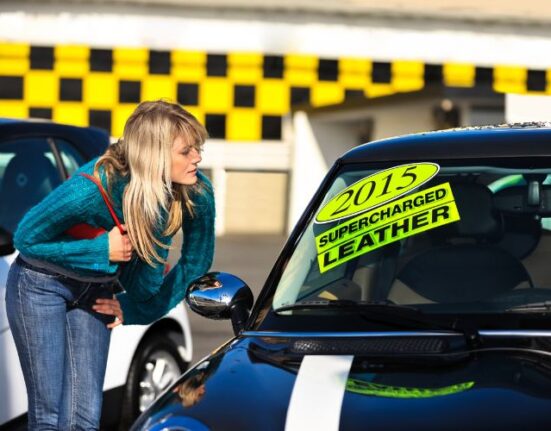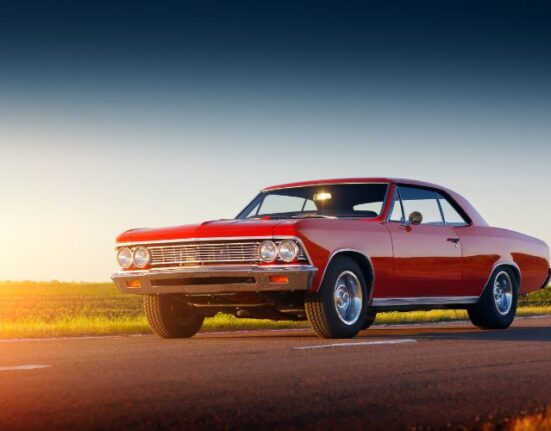Martorell, 02/06/2017. – Rocky ground, dunes, dust and adverse weather. The SEAT Leon X-Perience Titan Desert has driven hundreds of kilometres in one of the most grueling geographic areas of the planet: the Sahara desert spanning Morocco and Algeria.
-A 22,000 metre long dune: The route, which began in Errachida, Morocco, and ended in Maadid, Algeria, took the car over rocky terrain, sand and the Erg Chebbi dune. At 22 kilometres long, five kilometres wide and with ridges that exceed 150 metres in height, this is one of the most well-known dunes in the Sahara desert.
-Facing the challenge of temperature variation: With outside temperatures that vary from below zero at night and 50 degrees during the day, the temperature inside can reach up to 60 degrees. One of the challenges of driving in the desert is to ensure that outside variations do not affect the interior of the passenger compartment nor the driver.
-Dust particles smaller than one micron: The Scirocco, a south-eastern wind common to this area, can carry dust particles that measure one micron, or one-thousandth of a millimetre. Before a model goes on sale, the SEAT prototypes undergo several tests to ensure the passenger compartment is water and airtight. The goal is to ensure that, in real driving conditions such as the one carried out by the Leon in the desert, not a micron of dust gets into the passenger compartment.
-Extreme weather events: Sandstorms are a common weather phenomenon in desert areas. Although they move quickly, reaching up to 75 km/h, it is not advisable to attempt to cross through them when driving in the desert. When a sandstorm kicks up, the best thing to do is to stop, face the car away from the direction of the wind and wait until it blows over.
-Climbing a mountain of sand: Unlike driving on a paved surface, one of the keys to driving on sand is to slightly decrease the pressure of the tyres so that they have greater ground contact. Likewise, in order to drive across a dune, you have to face it straight on and go up at a certain speed. To ensure you remain in control of the vehicle, you should never go downhill in neutral.

















